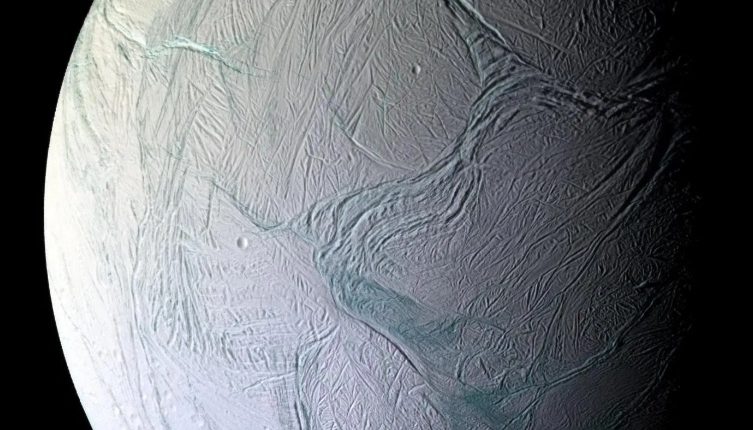SATURN has a moon called Enceladus that is covered with an icy ocean – it has geysers that have proved to have materials necessary for possible life.
New research on data that evaluated the water coming from the geysers gives stronger reason to believe there could be hope for life on Enceladus.
NASA sent a spacecraft called Cassini to explore the Saturn system from 1997-2017 and scientists are still sorting through the data.
In 2008, the water from the geyser plumes was tested to see what materials it contained, per NASA.
It was found that it contained a mix of carbon dioxide, water vapor, and carbon monoxide.
Along with trace amounts of molecular nitrogen, simple hydrocarbons, and complex organic chemicals.
This immediately shocked scientists at the time and intrigued them to find out more.
NEW FINDINGS
A recent study published in bioRxiv on October 29 further looked into the possibility of life on Saturn’s moon.
It is titled “Observations of Elemental Composition of Enceladus Consistent with Generalized Models of Theoretical Ecosystems.”
It focused on the discovery of ammonia and inorganic phosphorous in Enceladus’ ocean.
Most read in News Tech
The study used ecological along with metabolic theory and modeling to understand how these chemicals could possibly be signs of life.
“Apart from speculating about threshold concentrations of bioactive compounds to support ecosystems,” the study said.
“Metabolic and ecological theory can provide a powerful interpretative lens to assess whether extraterrestrial environments are compatible with living ecosystems.”
Ecological theory looks over the chemistry of the equilibrium between ocean water and the nutrients needed for the life in it.
This led the scientists to incorporate the Redfield ratio which is widely used when understanding the Tree of Life on Earth.
Now, the Redfield ratio is being used to understand astrobiological life detection and how certain materials may point to life there versus compared to on Earth.
“Because of this seeming ubiquity, the Redfield ratio has been considered a target signature for astrobiological life detection, especially on ocean worlds such as Europa and Enceladus,” the study said.











